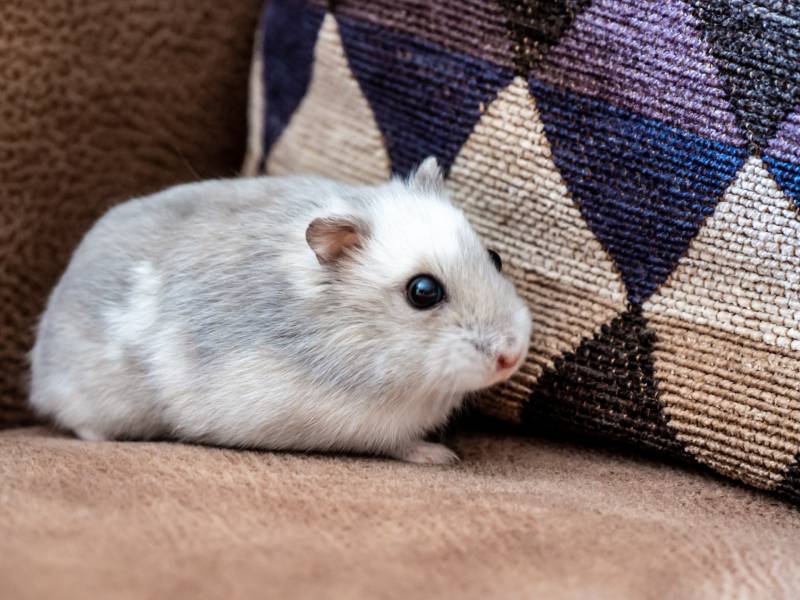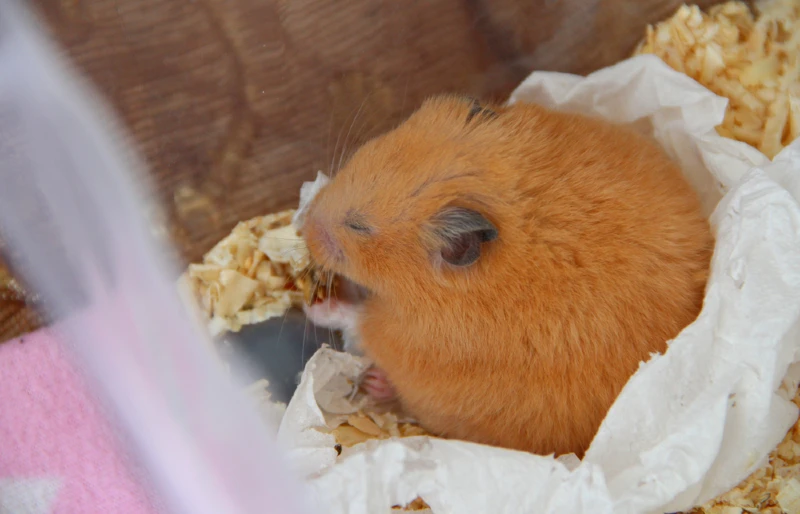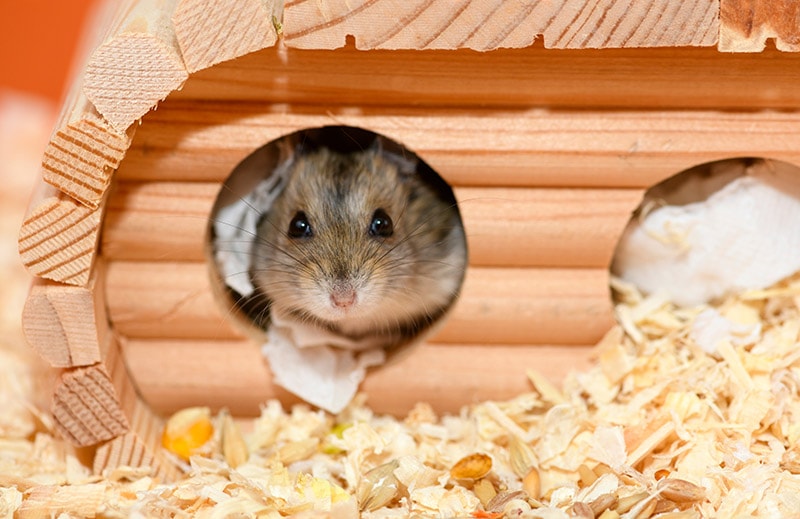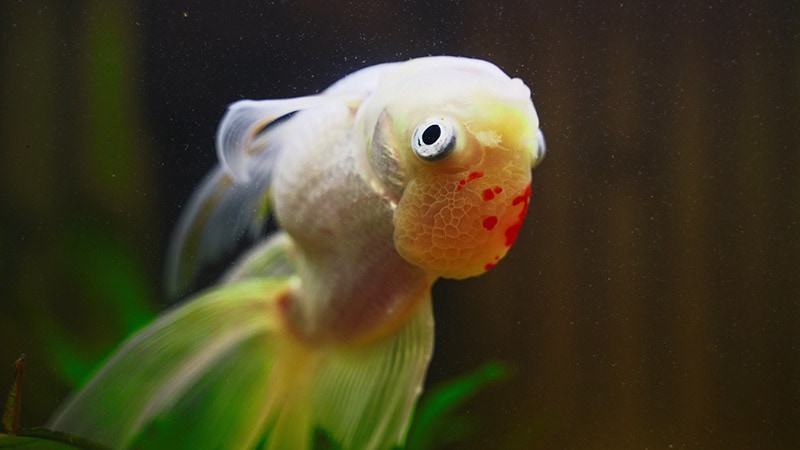Do Hamsters Hibernate? Vet Approved Facts & FAQ

Updated on

Click to Skip Ahead
Hamsters are popular pets for a good reason. They are cute and friendly and can make excellent family pets if cared for properly. However, some owners may have upsetting experiences if they notice their furry friend is lying still in their cage not moving, and appears dead. Hamsters typically live about 2 to 2.5 years in captivity. While you may associate hibernation with animals living in cold climates, hamsters can go into a state called ‘torpor’ which resembles hibernation and is a survival tactic.
The Definition of Hibernation
Hibernation is not a type of sleep. It is an extended period of time where metabolism is reduced and most physiological functions are slowed down massively or completely halted. During hibernation an animal’s body temperature drops and their breathing and heart rate slow down. Hibernation can last for several months and animals rely on stored fat reserves built up before hibernation to survive. The purpose of hibernation is to help an animal conserve energy during periods of adverse weather conditions or inadequate food sources.
Smaller species, like hedgehogs, are at a disadvantage during the winter. Their surface-area-to-volume ratio means they lose heat quicker. Scientists refer to this phenomenon as Bergmann’s rule. Generally, organisms living in cold climates are larger than those in warm areas. Animals that hibernate in cold conditions can tolerate and survive extremely low temperatures.
The other end of the temperature spectrum is equally trying. Animals living in places subject to extreme heat or drought undergo aestivation. Their strategy involves escaping potentially life-threatening heat by burying themselves to stay cool. Nile crocodiles, snails, and earthworms are living examples.
Hamsters don’t aestivate, even though they endure challenging conditions in their native habitats which are usually warm and dry. Our pet hamsters are descendants of their wild counterparts and show similar instinctive responses. Instead, these rodents can go into a state of torpor or inactivity that resembles hibernation. Torpor is a temporary form of hibernation that is less intense than true hibernation and lasts for shorter periods of time. But why go through such a process?

Why Animals Hibernate
The answer is survival. Some animals take extreme measures to endure these environmental pressures, whether it’s winter or drought, when food and other resources are scarce or unavailable. The risks outweigh the benefits of trying to survive. Instead, they wait out the rough conditions until their chances of living through them improve. That’s what a hamster is doing when they go into a state of torpor.
Torpor in Hamsters
Torpor and true hibernation appear similar. Unless you’re aware of its occurrence, it can be frightening to come across your pet that appears dead. You’ll notice they’re not moving. Their body may even seem limp. That makes it seem like hibernation since these animals are that unresponsive. They are also conserving resources because of their living conditions.
The ideal environmental temperature range for a Syrian hamster is 65-75℉. If temperatures fall below this it can trigger hamsters to enter torpor. That’s why you should consider carefully where you put your pet’s cage. It shouldn’t be located in a drafty area or near vents with the air conditioning on full power. An inadequate diet could also cause it, as can insufficient light. Instincts are taking over to safeguard the animal’s life.
As you may surmise, torpor can happen at any time. The environment gets the ball rolling. It often lasts for a short time, usually hours or a few days. Hamsters aren’t adapted for true hibernation. Long periods of torpor can increase your pet’s risk of dehydration and death.
FAQ About Hibernation and Hamsters
Is Torpor Normal for Pet Hamsters?
Torpor is a normal response to challenging conditions. However, it is stressful in itself. Remember that less-than-ideal circumstances are triggering this event, which should never happen with any pet.

What Should I Do During Torpor?
We recommend trying to remedy the inadequate environmental conditions with a room that is warm and bright enough to meet your hamster’s needs. That may be all you have to do to rouse them. You can also gently hold them and let your body temperature gradually warm them. Torpor is usually a temporary condition. If it lasts longer than a day, you should contact your vet.
How Do I Know if My Hamster Is Dead?
Twitching whiskers are a telltale sign that your hamster is still alive. You can also check if the animal is breathing by putting a spoon in front of your pet’s nose. The moisture in their breath will cloud the surface.
Final Thoughts
Hibernation is one of many survival strategies organisms use to survive. While torpor in hamsters is a natural response, it’s also an indication of poor housing conditions. It’s a warning that your hamster isn’t living in a suitable setting, requiring changes to ensure the animal’s well-being and survival. After all, life as a pet usually increases their lifespan and doesn’t challenge it.
See also:
- Can Hamsters Swim? Vet-Approved Facts & Safety Guide
- Can Hamsters Survive in the Wild? Domestic Rodent Facts
Featured Photo Credit: Jennifer H. Seeman, Shutterstock











